Case Report: 09CA007
Warehouse worker dies when he falls through a skylight
Download a PDF to print this report:
Warehouse worker dies when he falls through a skylight (09CA007, PDF)
Summary
A 56-year-old warehouse worker died when he fell through a skylight on the roof of a warehouse. The victim had been allowed to climb onto the roof to service an air conditioning unit. This was not part of his usual duties. The victim's employer did not have procedures for working on the roof. The CA/FACE investigator determined that, in order to prevent future incidents, employers of warehouse workers should ensure that:
- Warehouse workers do not perform any duties outside the scope of their normal assignment.
Introduction
On Wednesday, July 22, 2009, at approximately 3:30 p.m., a 56-year-old warehouse worker died when he fell through a skylight approximately 30 feet to the concrete floor. The CA/FACE investigator was notified of this incident on July 22, 2009, by the Torrance District Office of the Division of Occupational Safety and Health (Cal/OSHA). On July 28, 2009, the CA/FACE investigator inspected the incident site and interviewed the managers of the warehouse and an adjacent business, and warehouse workers from both companies. On July 30, 2009, a copy of the coroner’s report was obtained. Interviews were subsequently obtained by telephone with the warehouse vice president of operations, the owner of the air conditioning company, and a representative from the property management company for the warehouse.
Worker Information
The victim was born in Lebanon and had been in the United States for 35 years. The victim had a high school education and was fluent in English. The victim had been employed with the warehouse for seven years. His usual job duties included filling customer orders and replacing stock within the warehouse.
Employer
The employer of the victim was a distributor of aftermarket parts for import vehicles with warehouses across the country. The employer had been in business for 45 years and had 500 employees nationwide. There were 22 employees at the warehouse where the incident occurred.
Written Safety Programs and Training
The employer had a written Injury and Illness Prevention Program (IIPP). Safety meetings were held regularly and were documented. They also had an active employee safety committee for which the victim was the site chairperson. The employer had a training program that addressed warehouse safety issues such as proper lifting techniques, forklift operation, fire extinguisher use, and first aid and emergency response. The training program did not address working on roofs or skylight safety.
Incident Scene
The incident scene was the flat roof of a large warehouse occupied by four separate businesses. The roof housed numerous air conditioning units and 35 skylights (Exhibit 1). Access to the roof was obtained by ascending a 10-foot straight ladder from the warehouse floor to the top of an interior office module (Exhibit 9), and then another 20-foot straight ladder to the roof (Exhibit 10). According to the property management company for the warehouse, the roof and its roof-mounted equipment are inspected annually and defective skylights replaced at that time.
Investigation
On the morning of the incident, a technician from an air conditioning company climbed to the roof to service the air conditioning units. According to the owner of the air conditioning company, the technician shut off the power to one of the air conditioning units and opened the front panel. A swarm of bees came out of the air conditioning unit, and the technician was instructed by his supervisor to get off the roof. The technician informed the manager of the victim that the air conditioning unit was infested with bees and therefore he was not able to service the unit. The victim then offered to climb up to the roof to see if he could service the air conditioning unit and turn it back on. One of the company supervisors agreed that the victim could go onto the roof to service the air conditioning unit. The company manager and the victim climbed to the roof and after walking a short distance they saw the swarm of bees. The manager descended the ladder off the roof, but noticed that the victim did not follow him.
The employees in one of the adjoining businesses in the warehouse heard a loud noise. The manager of this business sent one of their warehouse workers to investigate the source of the sound. A few minutes later, this warehouse worker radioed back to his office for the manager to call 911 as he had found the victim lying injured on the warehouse floor (Exhibit 4). The paramedics and fire department responded within minutes of the call and performed CPR on the victim but were unable to revive him. He was pronounced dead at the scene.
Cause of Death
The cause of death according to the death certificate was multiple traumatic injuries.
Recommendations / Discussion
Employers of warehouse workers should ensure that:
Recommendation #1: Warehouse workers do not perform any duties outside the scope of their normal assignment.
Discussion: In this incident, the victim was performing a task that was not part of his job description. The victim was employed as a warehouse worker, and servicing rooftop air conditioning units was not part of his normal assigned duties. The employer did not have any policies or procedures to ensure that workers did not perform hazardous jobs outside of their usual tasks. When the victim requested that he service the air conditioner and go onto the roof, his supervisor allowed him to proceed. Although the incident was not witnessed, the victim likely fell through the skylight after he slipped on the roof or climbed onto, sat, or lay down on the skylight. Servicing of equipment on warehouse roofs should be performed only by qualified technicians who have been trained on appropriate safety procedures. Warehouse employees without this training should not be permitted by their employer to access the roof and thereby place themselves at risk of falls. If the employer had policies and procedures that would have prevented the victim from servicing the air conditioner, this incident would have been prevented.
Exhibits
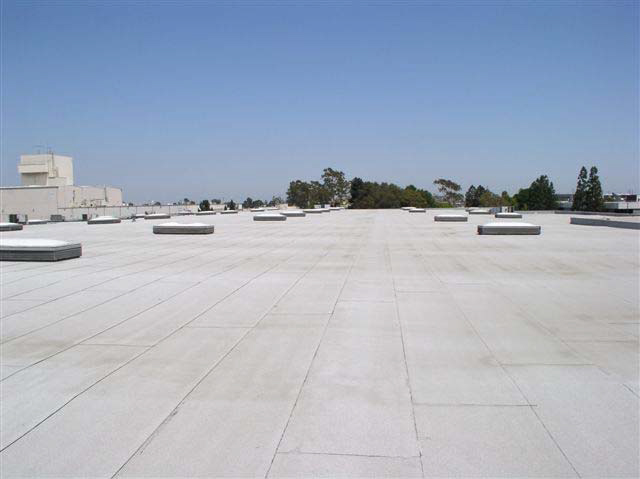
Exhibit 1. The roof of the warehouse.
Return to Investigation
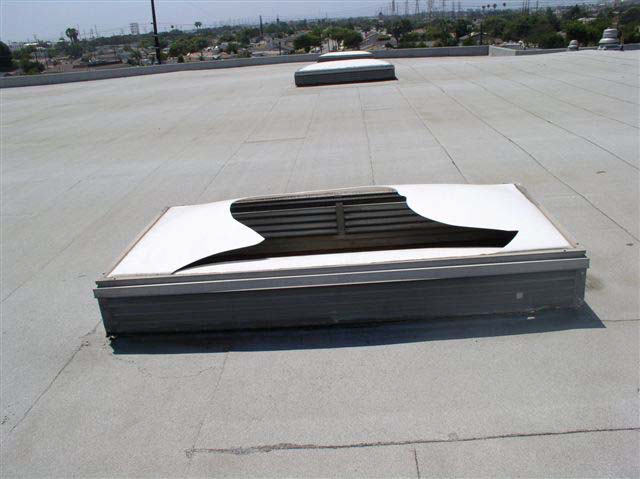
Exhibit 2. The skylight the victim fell through.
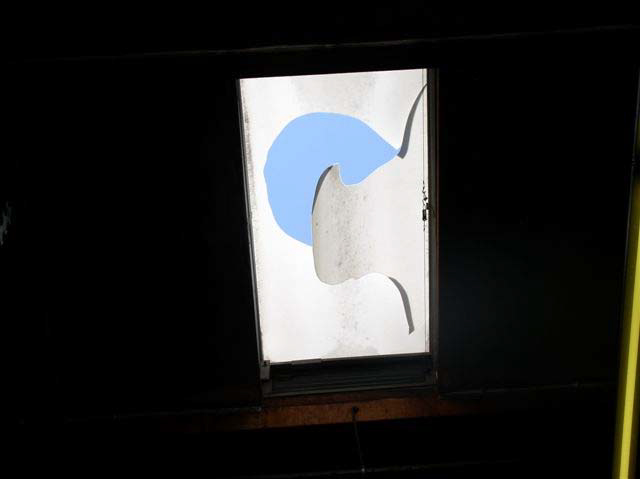
Exhibit 3. The broken skylight looking up from the warehouse floor.
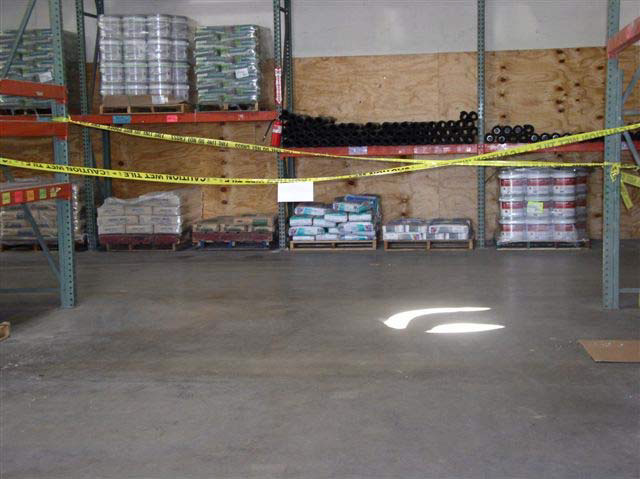
Exhibit 4. The warehouse floor where the victim landed.
Return to Investigation
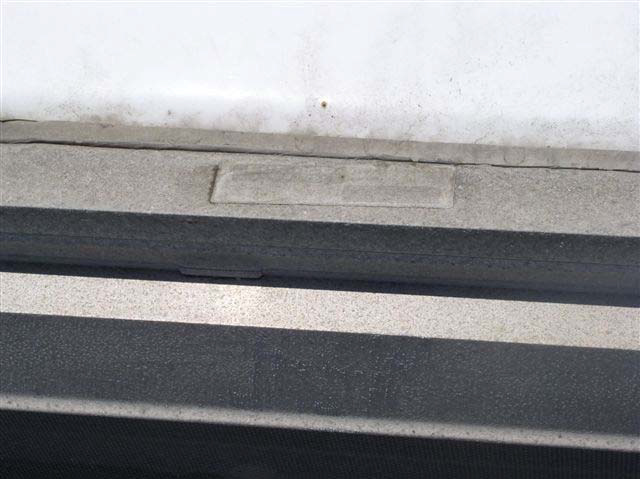
Exhibit 5. The identification label on the skylight. Exposure to the environmental elements over time has made the label unreadable.
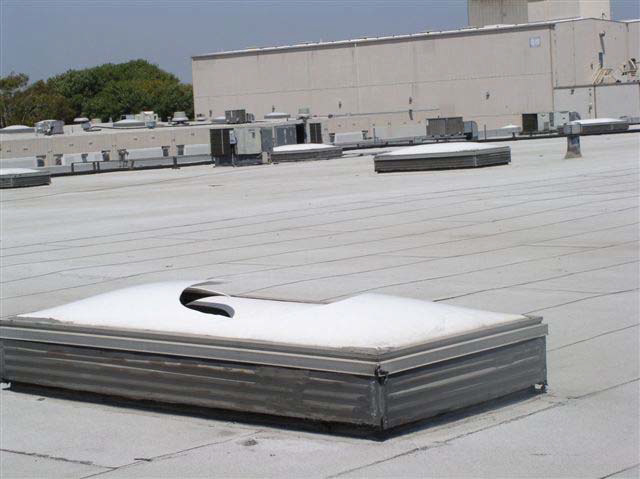
Exhibit 6. The distance between the air condition unit and the skylight.
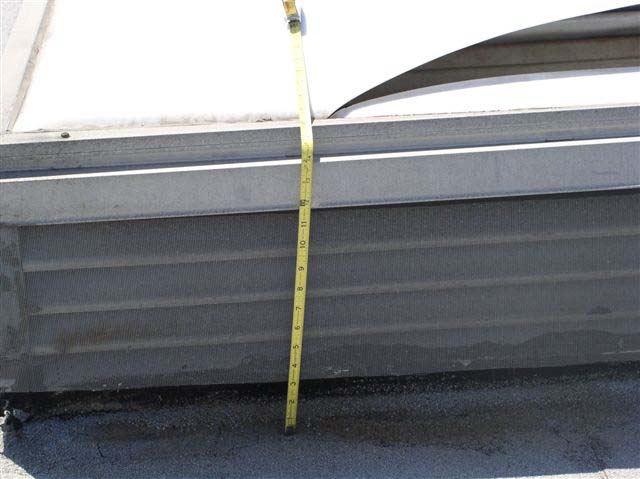
Exhibit 7. The skylight base was approximately 15 inches tall.
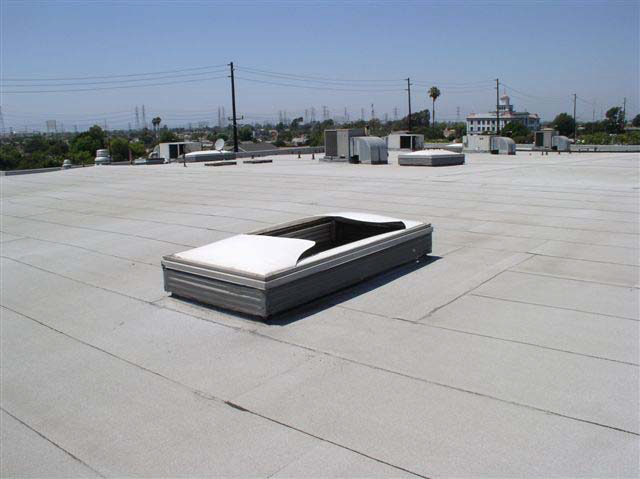
Exhibit 8. The area around the base of the skylight.
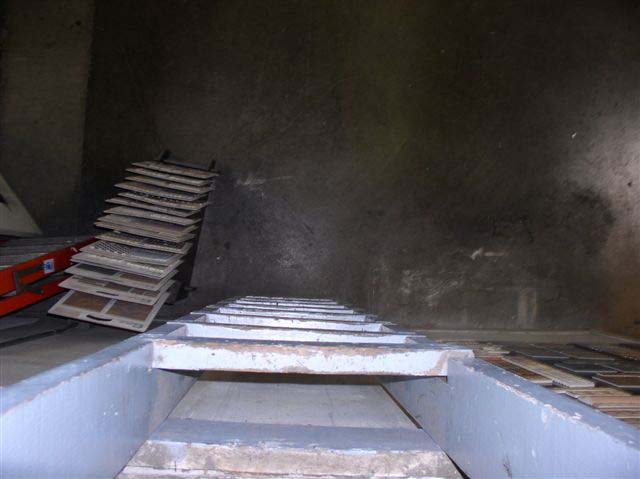
Exhibit 9. A picture from the top of the first ladder used to gain access to the roof.
Return to Investigation
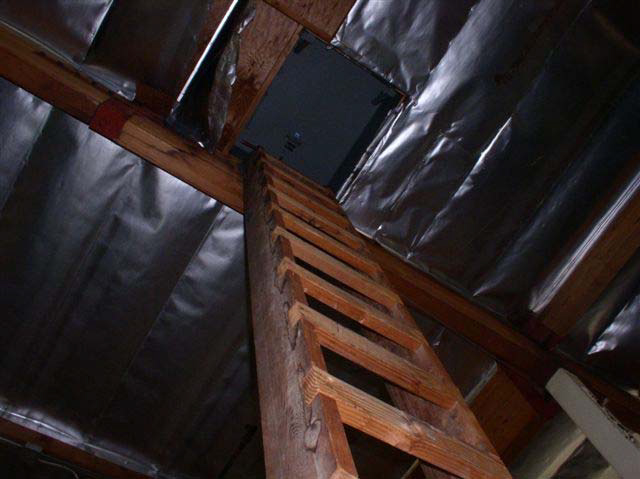
Exhibit 10. A picture looking up at the second ladder used to gain access to the roof.
Return to Investigation
References
General Industry Safety Orders Article 2. Standard Specifications. §3209. Standard Guardrails. §3212. Floor Openings, Floor Holes and Roofs. (b) (e) Subchapter 4. Construction Safety Orders
Construction Safety Orders Article 24. Fall Protection. §1632. Floor, Roof, and Wall Openings to Be Guarded. §1670. Personal Fall Arrest Systems, Personal Fall Restraint Systems and Positioning Devices.
ASTM WK17797: New Test Method for Standard Specification for Human Impact and Fall-through Resistance of Unit Skylights and Related Products Used on Skylight Openings - ASTM website
Preventing Falls of Workers through Skylights and Roof and Floor Openings - Centers for Disease Control and Prevention (CDC), National Institute for Occupational Safety and Health (NIOSH) publication
Authors
Hank Cierpich, FACE Investigator
Robert Harrison, MD, MPH, FACE Project Officer
Laura Styles, MPH, Research Scientist
January 11, 2010